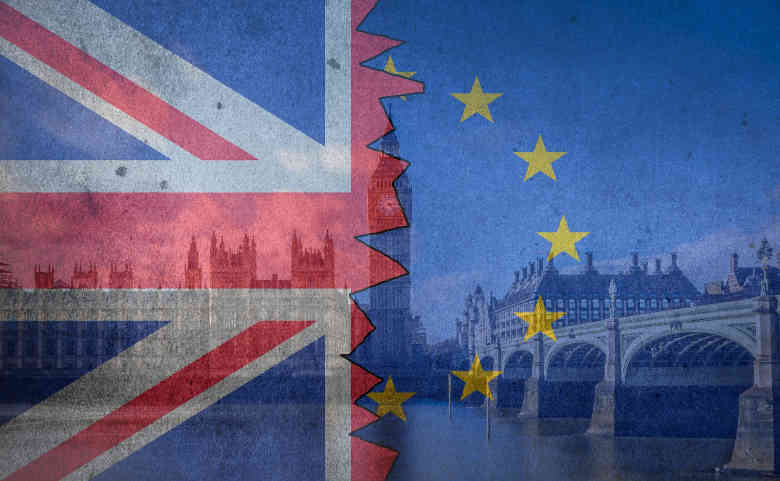The Telegraph, April 16, Roger Bootle
Much ink has been spilled over the IMF’s recent forecast that the UK economy will be the worst performer among the G7 this year. Yet its forecasting record on such matters is not good.
In fact, the really interesting prognostication from the IMF was its suggestion that after the current inflation scare is over, the world will be headed back to a regime of extremely low interest rates. Can this be right?
Interest rates seem to move in large waves as the system shifts from one regime to another. I have lived through several distinct interest rate regimes, starting with low single digit rates in the 1950s and 1960s, through the emergence of double digit rates in the 1970s and 1980s, then the establishment of what seemed like a new normality in the ’90s and early noughties of rates in the 4-7pc range, followed by the long period of near-zero rates from 2008 to 2021, and then the more recent hiking of rates to the 4-5pc range.
People tend to believe that the interest rate regime in which they are currently operating is somehow God-given and inevitable. If only.
Everyone operating in financial markets and those of us who are subject to their vagaries should have constantly before us a chart of the history of interest rates. It concentrates the mind. The key is to recognise when one regime is about to give way to another.
Click here to read the piece in full.

